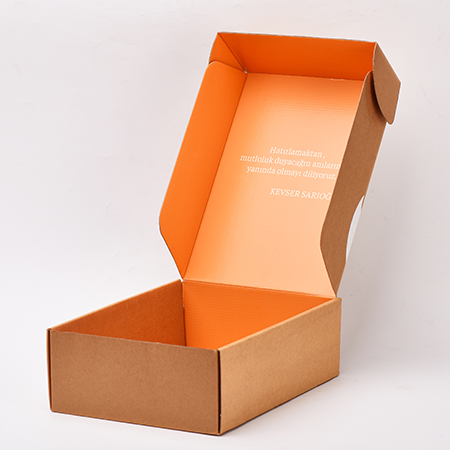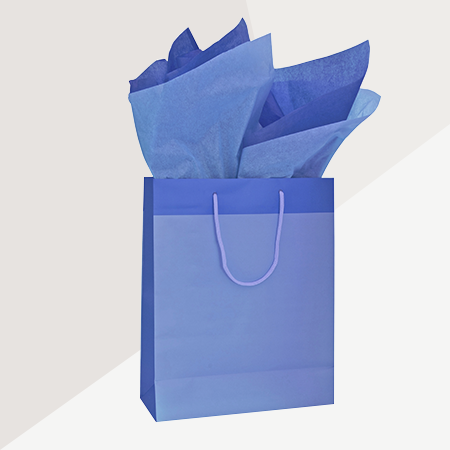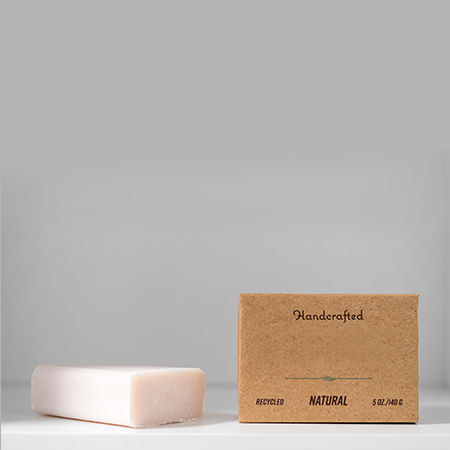Flexible packaging, as opposed to rigid packaging such as glass jars, is "flexible" owing to its structure and can easily change shape. Flexible packaging materials are much better than rigid packaging materials in terms of cost and environmental impact. When it comes to product packaging, there are several aspects to consider. If you're having problems picking between rigid and flexible packaging, we've gathered information in this blog article to help you understand flexible packaging designs and their applications.
What is Flexible Packaging?
Flexible packaging is gaining more and more attention as the future of packaging due to its convenient shape, ease of use, reclosable properties, light weight, and overall environmental impact compared to its rigid counterparts. Flexible packaging, the use of which has increased in recent years with its high efficiency and sustainability in the packaging market, uses flexible materials such as foil, plastic, and kraft paper. It is possible to find flexible packages made of kraft paper in the wide product range of Luxboxpack.
Why Flexible Packaging?
Consumers' lifestyles do not seem to be slowing down anytime soon. The fast-paced lifestyle is driving brand owners to reconsider not just their products, but also how they package items. Because of this rapid consumption, it is critical to make it easy for customers to obtain your items. This is where flexible packaging may help. One of the key reasons for the rising popularity of flexible packaging is its convenience. When creating flexible packaging, we must additionally consider factors such as ease of opening, storage, and resealability. Furthermore, because of their reduced cost and environmental impact, flexible packaging materials outperform rigid packaging. It also has the lowest carbon impact of any kind of packaging since it takes up less space in landfills.
Flexible packaging enables high-quality and high-impact graphics in 360-degree branding, offering bright and clear designs that play a role in strengthening the brand image. Exceptional design capabilities capture the attention of consumers, enabling flexible packaging to stand out in crowded markets. Brand owners who want to improve the overall image of their brand can do so through packaging designs. Especially when produced with digital printing technology, flexible packaging and picture-quality graphics on premium films enable brands to meet and exceed their imaging goals.
The advantage of flexible packaging is that it can be produced in various sizes and forms.
A wide variety of products are available, from small disposable packaging to large multi-purpose bags. It can be used in a variety of industries, including snacks, coffee, and nutritional supplements. Features such as zippers can be added to your flexible packaging to personalize your product.
Conclusion
Whether you're a brand that embraces flexible packaging and wants convenience for your consumers, or you're considering change for your brand, it's clear that flexible packaging is the future. You can also choose LuxBoxpac's flexible packages made of kraft paper and create a change for your brand.












